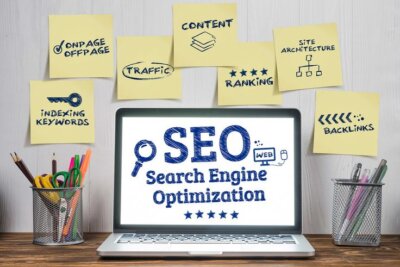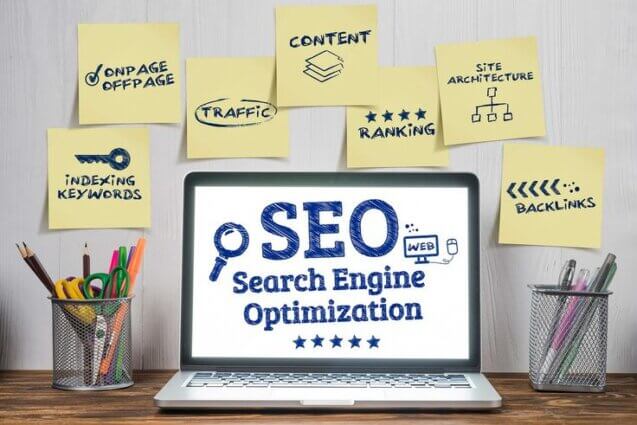Websites have become more costly for various reasons but we have tried to sum up the core 3:
1. The web and its users have evolved & are more demanding
In the good old first years of the web, the core demand for most businesses was to build, for the first time, a second shop-front, on the web. And at that time, anything would do.
Fast forward a couple decades and the game has changed considerably. It is no longer adequate to simply ‘have’ a website. It is now all about the quality of the web experience, the branding and the website’s ability to generate revenue.
Web users were happy to initially have a point of reference and some basic contact information to get in touch with a business. They were willing to spend good time on a site to find what they were looking for, a mini-adventure sometimes that nobody objected to.
In the last few years, however, users have become very impatient and demanding when using a website and very particular about the information they are looking for. And they don’t have time. Just a few seconds can determine the success or failure of a website, where pushing the back button (exit) is the ultimate form of punishment. As an example, imagine a situation on the high street where hundreds of people walk into a shop for half of them leave within 2-3 seconds upon entering.
Driving traffic to a website has become increasingly expensive and losing expensively acquired visitors in split seconds, only adds to the overall cost. So planning to avoid early exits has become critical in website development.
Creating a quick website is a thing of the past. The requirement is to build an advanced platform for data collection, revenue generation, and customer contact/support. And the hours that go into making a functional and profitable website are many.
2. Mobile-first responsive design doubles the cost
Before smartphones popularised mobile internet access we only cared about desktop computers and laptops. A couple of years ago for the first time, mobile traffic surpassed desktop. So increasingly the success of a modern website now hinges on how easy and well-planned the mobile experience is. This means that the design and development teams are effectively working to build two platforms. Mobile and desktop. That alone doubles the cost of building websites.
3. Website usability & technical innovation offer a competitive advantage
In the age of the internet, it is becoming more difficult to differentiate between products and services and more things become standardised. The flow of information on the web has offered comparative methods, not available before, which makes it even more difficult to achieve market differentiation.
This means that areas such as customer service, marketing, and the web experience are playing a far greater role in making a brand more memorable and ‘sticky’, in search of the utopia of customer loyalty.
So increasingly consumers prefer company websites, not for the superiority of their product or service, but the ease of use associated with the web experience, the ability of the company to respond online and technical innovation. This type of innovation, however, is more closely connected to website features that make purchasing or contact easier, rather than service or product innovation.
Google speed
For example, one of the largest success factors of Google in its early days, was the ability to offer results much faster than any other search engine.
Amazon CC
One of Amazon’s earliest successes which continues to drive true competitive advantage is the storage and safekeeping of credit card details. A time-saving feature that has boosted Amazon’s conversion rate so much that it now dominates the retail space. Amazon never sold exclusively superior products. They offered however an easier, safer and ultimately superior retail experience online.
Conclusion
Website projects with multiple objectives and a very considerable impact on revenue are bound to take longer, be more complex and higher costs.
The good old website often functioned primarily as a brochure, a static reference point. Something you had to have, even if you weren’t truly convinced as to why.
The modern website has become a vehicle for generating direct income, branding, and customer relations and it is often your company’s only window to the outside world.
Today you need a special website, something with a sparkle. And sparkle costs.









